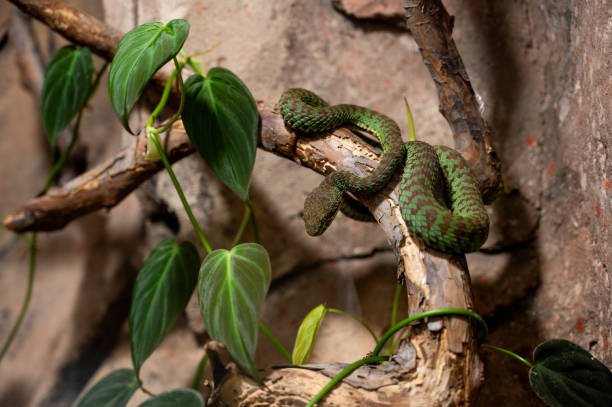Snakes, with their mysterious and often misunderstood nature, have become increasingly popular as exotic pets. However, these remarkable reptiles face unique challenges in captivity that can significantly impact their well-being. Unlike mammals that display obvious signs of distress, snakes communicate their discomfort in subtle ways that owners might overlook. Understanding the common stressors that affect captive snakes is crucial for providing them with an environment where they can thrive rather than merely survive. This article explores ten prevalent stress triggers in captive snakes, offering insights into how reptile enthusiasts can create more suitable habitats and care routines for these fascinating creatures.
Inappropriate Enclosure Size
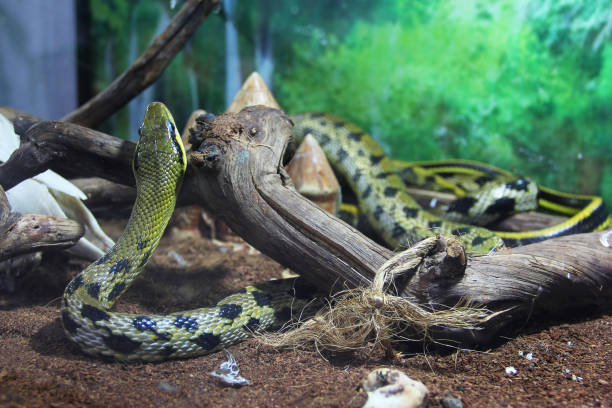
One of the most fundamental stressors for captive snakes is being housed in an enclosure that’s either too small or too large for their needs. A cramped habitat restricts natural movements and behaviors, preventing snakes from properly stretching, exploring, and exercising as they would in the wild. Conversely, an excessively spacious enclosure can make some species feel exposed and vulnerable, particularly arboreal or fossorial species that prefer confined spaces. The ideal enclosure should allow the snake to fully extend its body while providing adequate space for thermoregulation, hiding, and natural behaviors without creating feelings of insecurity. Professional herpetologists recommend that an enclosure’s length should be at least two-thirds of the snake’s total length, with appropriate width and height considerations depending on the species’ natural habitat and behaviors.
Improper Temperature Gradients
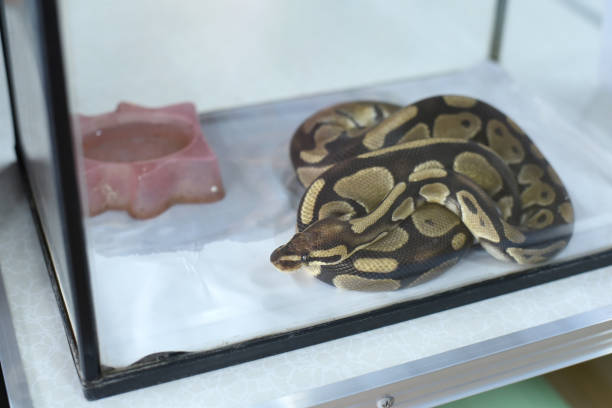
As ectothermic creatures, snakes rely entirely on their environment to regulate their body temperature, making proper thermal gradients crucial for their physiological functions. Stress quickly develops when a snake cannot access appropriate temperatures for digestion, immune function, and overall metabolic processes. A well-designed enclosure should feature a temperature gradient with a warm basking area at one end (typically species-specific, but often between 85-95°F) and a cooler retreat at the opposite end (usually 75-85°F). Without this gradient, snakes may experience chronic stress as they cannot thermoregulate effectively, leading to reduced feeding responses, compromised immune systems, and digestive complications. Temperature fluctuations, particularly sudden changes, can be especially stressful, as they force the snake to constantly adjust physiologically, depleting energy reserves and potentially triggering illness.
Insufficient Hiding Places
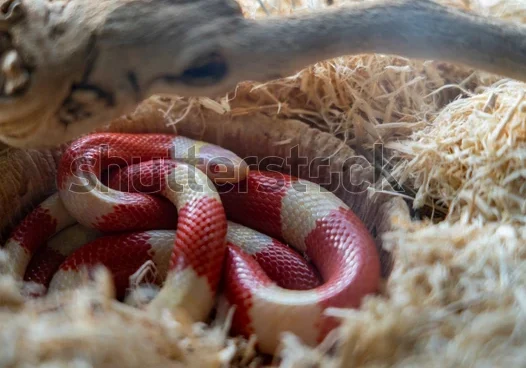
In their natural habitats, snakes spend a significant portion of their lives concealed from predators and harsh environmental conditions. Captive environments that lack adequate hiding spots create chronic stress by forcing snakes to remain exposed, triggering their survival instincts, and creating a constant state of vigilance. Ideally, snake enclosures should contain at a minimum two appropriate hides—one in the warm section and another in the cooler area—allowing the snake to conceal itself while still maintaining proper body temperature. These hiding spots should be snug enough that the snake feels secure with its body touching the sides of the hide, mimicking the tight spaces they often seek in nature. Species with more secretive tendencies, such as ball pythons or Kenyan sand boas, may benefit from additional hiding options throughout their enclosure, including specialized humidity hides that can assist with shedding processes.
Inappropriate Humidity Levels
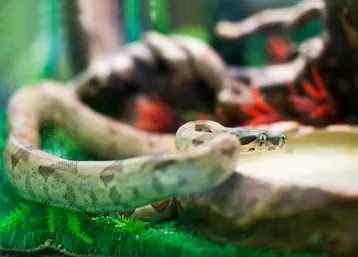
Maintaining proper humidity is a delicate balance that varies significantly between snake species, and inappropriate levels can cause considerable physiological stress. Species from tropical environments, like many boas and pythons, require relatively high humidity (typically 50-70%) to prevent respiratory infections, dehydration, and shedding difficulties. Conversely, desert-dwelling species such as certain rat snakes and sand boas thrive in drier conditions (30-50% humidity) and can develop fungal infections and scale rot when kept too moist. Chronically improper humidity levels force snakes to expend energy compensating for environmental inadequacies, leading to compromised immune systems and heightened stress responses. Shedding problems—particularly stuck eye caps and retained skin—are common manifestations of humidity-related stress that can lead to secondary infections and health complications if not addressed promptly.
Excessive Handling
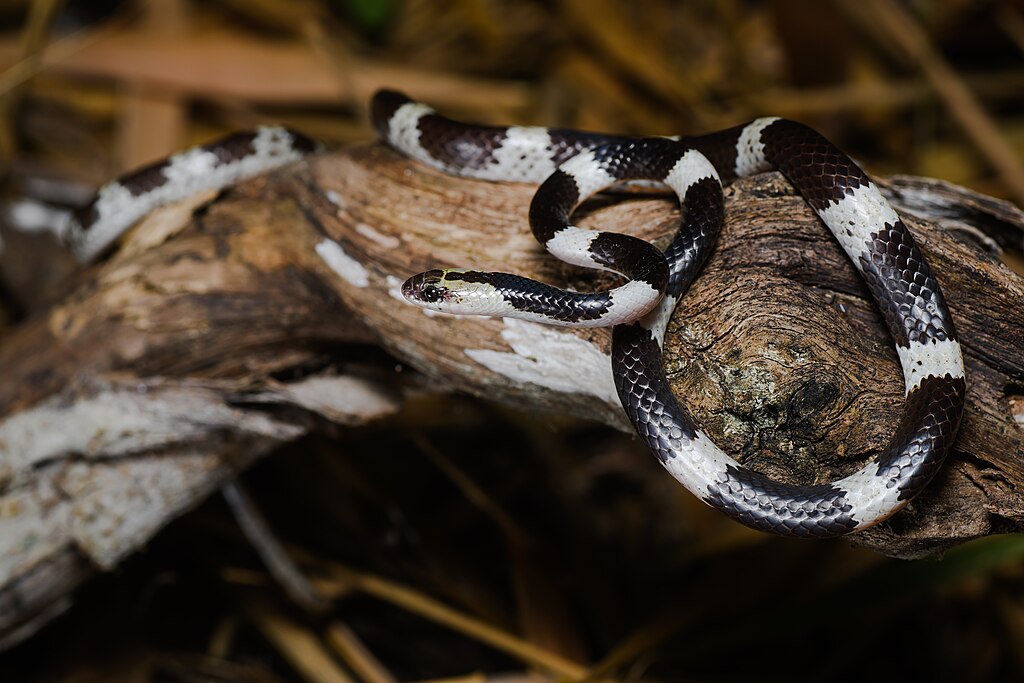
While many captive snakes can become accustomed to gentle handling, too much human interaction remains a significant stressor for these inherently solitary creatures. Unlike domesticated mammals, snakes do not seek social interaction and primarily tolerate handling rather than enjoy it, making excessive contact a form of environmental stress. Newly acquired snakes should be given several weeks to acclimate to their environment before any handling attempts, as premature interaction compounds the stress of relocation. Even established snakes benefit from limited handling sessions—ideally no more than once or twice weekly for no longer than 15-20 minutes per session—allowing them to maintain their natural rhythms with minimal disruption. Some particularly sensitive species or individuals may never fully adapt to handling, exhibiting stress responses such as defensive posturing, rapid breathing, or refusing meals after human contact, signals that owners should respect by further reducing interaction.
Inappropriate Substrate Choices
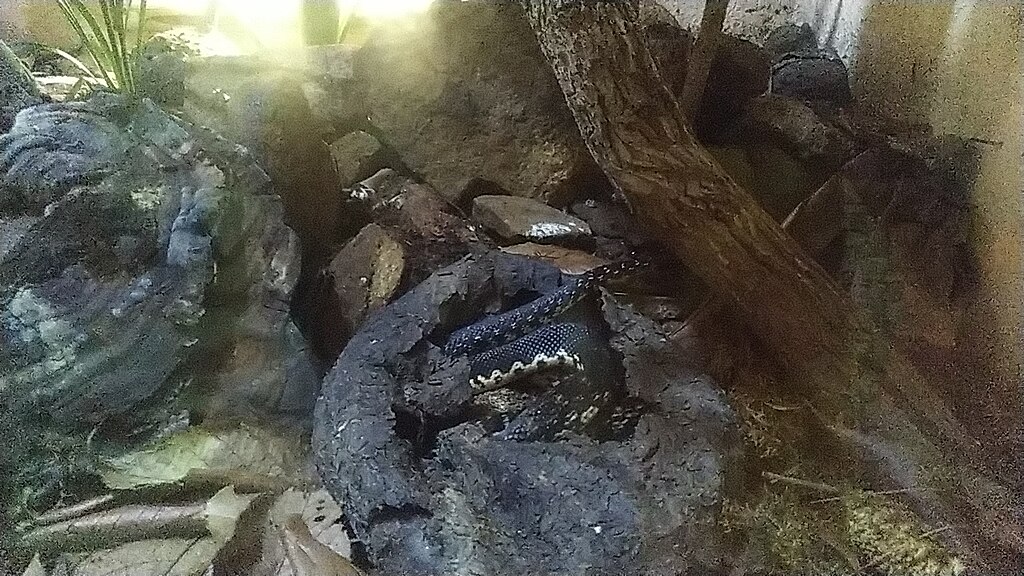
The material lining the bottom of a snake’s enclosure plays a surprisingly significant role in its stress levels and overall health. Unsuitable substrates can create physical discomfort, respiratory irritation, and prevent natural behaviors like burrowing or seeking moisture. Cedar and pine shavings, while inexpensive and readily available, release aromatic phenols that can damage reptiles’ respiratory systems and liver function, creating chronic stress as the snake’s body works to process these toxins. Similarly, sand substrates, though aesthetically pleasing and seemingly appropriate for desert species, can cause impaction if accidentally ingested during feeding and may not hold humidity appropriately for many species. Species-appropriate options like coconut husk, cypress mulch, or paper-based products allow for natural behaviors while maintaining appropriate moisture levels and providing comfortable surfaces for movement. Substrates that are too abrasive, too dusty, or unable to hold the proper moisture content force snakes to constantly adapt to suboptimal conditions, creating an ongoing source of physiological stress.
Inconsistent or Improper Feeding Practices
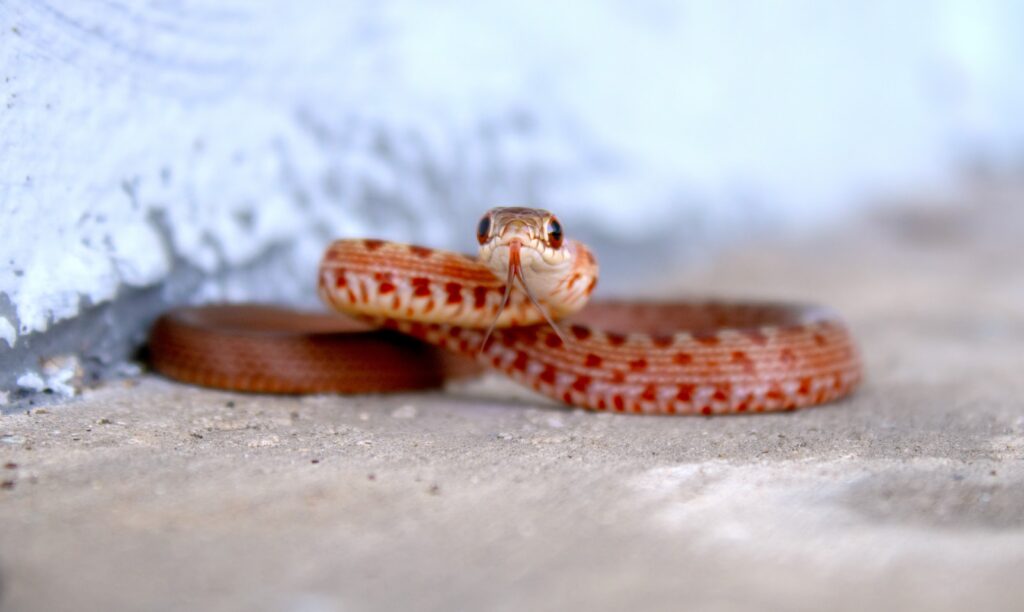
Feeding routines that don’t align with a snake’s natural biology create significant digestive and psychological stress for captive specimens. Many owners unintentionally stress their snakes by feeding too frequently, offering inappropriately sized prey items, or disturbing the snake during the sensitive post-feeding digestion period. Most adult snakes thrive on a feeding schedule of every 7-14 days, depending on species, with younger specimens requiring more frequent meals to support growth. Prey items should generally be approximately the same width as the widest part of the snake’s body, as oversized meals can cause regurgitation and injury, while undersized prey might leave the snake nutritionally unsatisfied. Additionally, handling snakes within 48-72 hours after feeding can disrupt digestion and potentially lead to regurgitation, a physically traumatic event that creates intense stress and can lead to long-term feeding aversions. Species with specialized dietary needs, such as egg-eating snakes or those requiring amphibian prey, experience particular stress when their specific nutritional requirements aren’t met.
Frequent Enclosure Changes
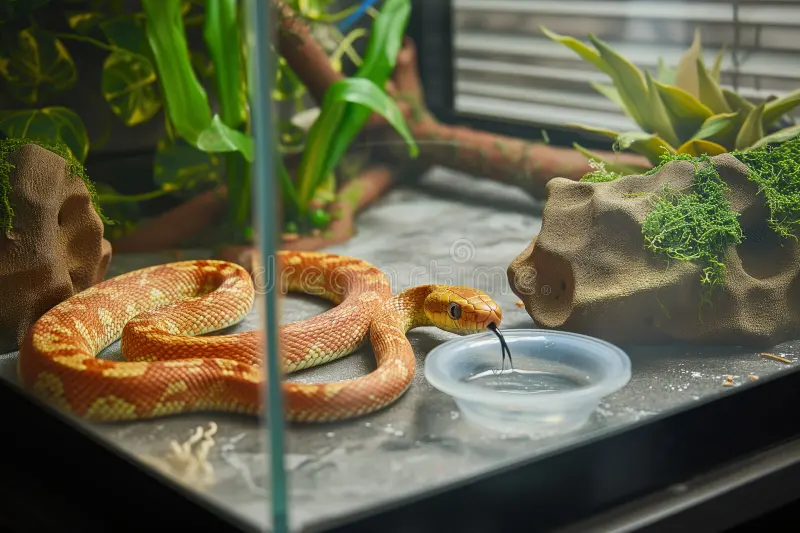
Though well-intentioned owners may frequently reorganize or redecorate their snake’s habitat, these changes can significantly disrupt the animal’s sense of security and territorial familiarity. Snakes develop detailed mental maps of their environments and establish secure movement patterns and favorite retreats within their enclosures. Complete habitat overhauls force snakes to re-learn their surroundings and establish new security patterns, a process that can take days or weeks and causes unnecessary stress. When maintenance or cleaning necessitates changes, preserving some familiar elements and scent markers can help minimize the disruption. Particularly sensitive species like ball pythons may respond to excessive habitat changes with extended fasting periods or increased hiding behaviors as they adjust to what they perceive as an entirely new territory. Instead of complete renovations, keepers should opt for small, incremental changes when necessary, allowing the snake time to adjust gradually while maintaining some environmental constants.
Exposure to Excessive Noise and Vibration
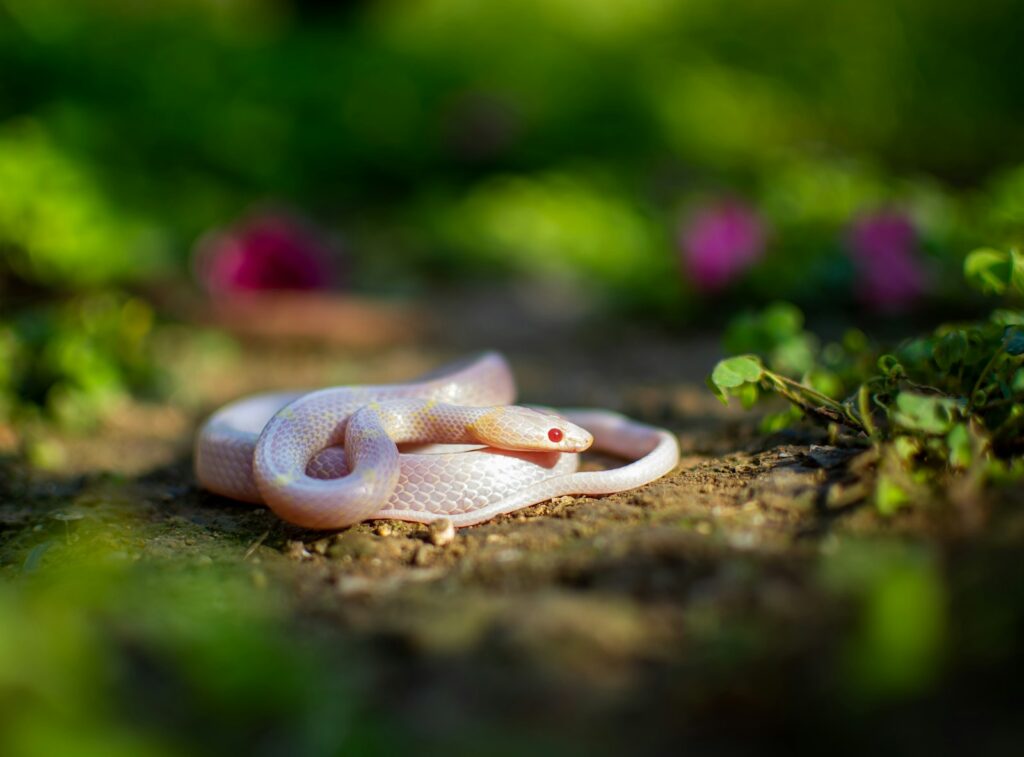
While snakes lack external ears, they are highly sensitive to vibrations and low-frequency sounds transmitted through surfaces, making noisy environments potentially stressful. Snakes perceive vibrations through their jawbones and internal ear structures, detecting movements and sound waves that travel through solid surfaces with remarkable sensitivity. Enclosures placed near speakers, washing machines, high-traffic areas, or other sources of consistent vibration subject snakes to constant sensory input that they cannot escape, triggering stress responses similar to what they would experience when detecting approaching predators in the wild. This chronic stimulation can lead to decreased feeding response, compromised immune function, and behavioral changes such as excessive hiding or defensive posturing. Species with more terrestrial habits, which rely heavily on vibration detection for hunting and predator avoidance, may be particularly susceptible to this form of stress, though all captive snakes benefit from placement in quieter, less disturbed areas of the home.
Cohabitation with Incompatible Species
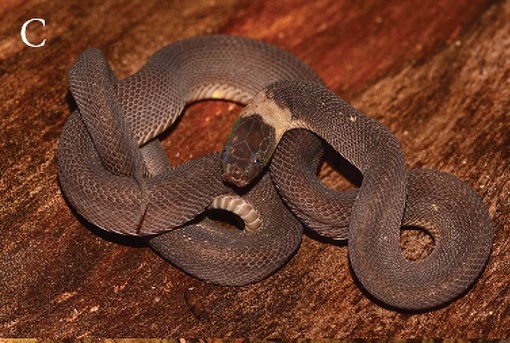
Housing multiple snakes together, particularly different species or unrelated individuals of the same species, creates one of the most severe stress situations possible in captivity. With few exceptions, most snake species are solitary by nature and perceive other snakes as either competition, predators, or potential prey depending on their relative sizes. Forced cohabitation triggers constant vigilance and defensive behaviors, preventing normal rest patterns and creating chronic stress that compromises immune function and feeding responses. Even seemingly peaceful cohabitation often masks ongoing stress, with subordinate individuals showing reduced feeding, growth stunting, and increased susceptibility to disease. The risks extend beyond stress to include direct harm, as cannibalism is not uncommon among many snake species, particularly when size differences exist. Mixed-species enclosures present additional complications regarding appropriate environmental parameters, as different species typically have different temperature, humidity, and habitat requirements that cannot be simultaneously optimized in a single enclosure.
Inappropriate Lighting Conditions
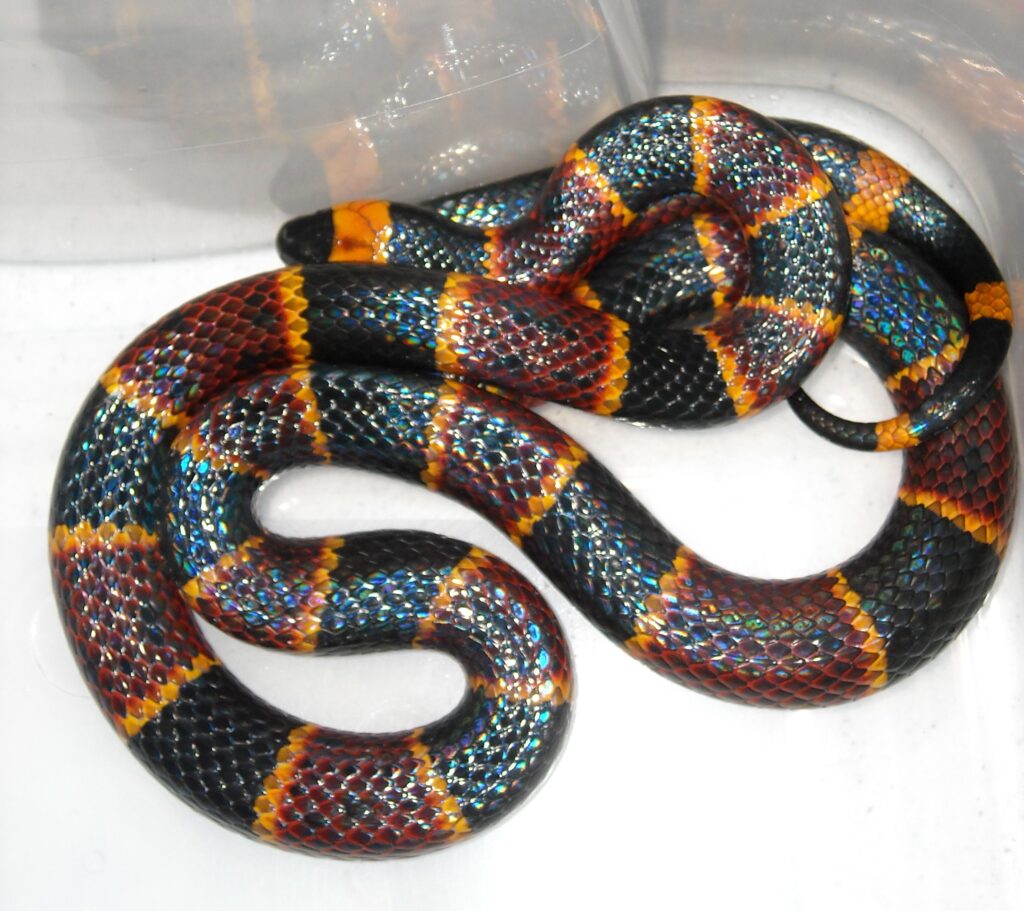
Natural light cycles play a crucial role in regulating snakes’ biological rhythms, and disrupted lighting patterns can significantly impact their stress levels and overall health. While most snake species don’t require UVB lighting for vitamin D synthesis (unlike many lizards), they do rely on consistent day/night cycles to regulate feeding, breeding, and activity patterns. Enclosures placed in rooms with erratic lighting, such as entertainment areas with late-night activity or locations that receive direct artificial light at night, disrupt these natural rhythms and create chronic stress. Similarly, snakes housed in constantly bright conditions without a proper photoperiod struggle to establish normal behavior patterns, potentially leading to reduced appetite, compromised immune function, and reproductive difficulties. Even the type of lighting matters—excessively bright lights or those that produce significant heat may force snakes to spend more time hiding and less time engaged in normal behaviors. Ideally, snake enclosures should follow a consistent 12-14 hour day/10-12 hour night cycle, utilizing timers to maintain regularity even when owners are away or busy.
Understanding and mitigating stress triggers in captive snakes is fundamental to responsible reptile keeping. By recognizing that these remarkable animals have evolved specific environmental needs over millions of years, owners can work to create habitats that respect their biological imperatives rather than forcing them to adapt to human convenience. The most successful snake keepers approach habitat design from the snake’s perspective, considering natural behaviors, sensory capabilities, and evolutionary adaptations. Regular observation for subtle signs of stress—reduced feeding response, defensive posturing, excessive hiding, abnormal shedding, or unusual movement patterns—allows for early intervention before chronic stress leads to serious health complications. With thoughtful setup and maintenance of their environments, captive snakes can thrive for decades, displaying natural behaviors and maintaining optimal health. The key lies in respecting these ancient reptiles as the specialized, remarkable creatures they are, with needs quite different from the mammals we more commonly keep as companions.

